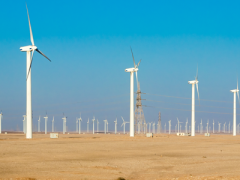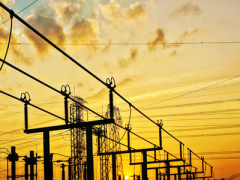Greenhouse gas mitigation scenarios for major emitting countries: 2017 update
This new report by NewClimate Institute, PBL Netherlands Environmental Assessment Agency and the International Institute for Applied Systems Analysis (IIASA) provides an overview of projected greenhouse gas (GHG) emissions in 25 major emitting countries/regions up to 2030, taking into account the emission trajectories based on current policies and the implementation of nationally determined contributions (NDCs). The study concludes that 16 out of the 25 countries and regions analysed are not on track to achieve the NDC targets they have set for themselves. This study updates the 2016 report.
About two thirds of the 25 major emitting countries not on track to achieve targets set in NDCs
The degree to which the 25 major emitting countries are likely to achieve their NDC targets under current policies was found to vary (see Figure).
- Of those considered in this report, Brazil, China, Colombia (new), India, Japan (new), Mexico (new), the Russian Federation, Turkey, and the Ukraine are likely or roughly on track to achieve or even overachieve their self-determined unconditional 2025/2030 targets with currently implemented policies.
- Countries that require additional measures to achieve their 2025/2030 targets are: Argentina, Australia, Canada, Chile (new), Democratic Republic of the Congo (DRC), Ethiopia, the EU, Indonesia, Kazakhstan, Morocco, Republic of Korea, Saudi Arabia, South Africa, Thailand, the Philippines and the United States.
- Colombia is now assessed as achieving its INDC, because recent emissions, in particular from forestry, were lower than assumed in the business-as-usual (BAU) projections.
- Mexico is now assessed as achieving its NDC with currently implemented measures, mainly because of the historical emission data update and updated and lower baseline projections.
- Chile is now assessed as requiring additional measures to achieve its 2030 targets, mainly because of the change in the baseline projections used for the assessment.
Currently implemented policies are projected to influence greenhouse gas emissions, but do not prevent emissions from increasing up to 2030 (above 2010 levels). This is the case, not only in developing countries (Argentina, China, DRC, Ethiopia, India, Indonesia, Kazakhstan, Morocco, the Philippines, Saudi Arabia, South Africa, and Thailand) but also in OECD countries (Australia, Chile, Mexico, Republic of Korea, and Turkey) up to 2030, compared to 2010 levels. Greenhouse gas emissions in Brazil, Canada, Colombia, the Russian Federation, and the Ukraine are projected to remain stable, approximately at current levels, with currently implemented policies. In Japan and the EU, greenhouse gas emissions are projected to decrease further, under current policies.
Authors
Specifications
- Publication title
- Greenhouse gas mitigation scenarios for major emitting countries: 2017 update
- Publication date
- 1 November 2017
- Publication type
- Publicatie
- Publication language
- Engels
- Product number
- 2675




